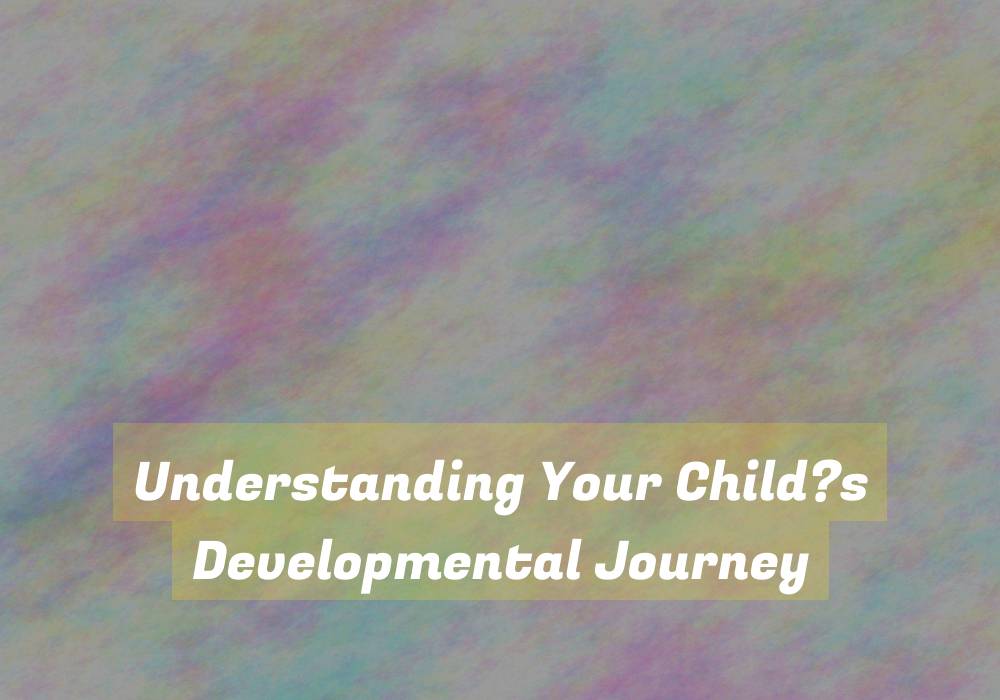- Your baby will go through rapid physical changes, from learning to lift their head to taking their first steps.
- Provide a safe and stimulating environment for tummy time, crawling, and exploration.
Cognitive Development:
- Early sensory experiences, like seeing faces and hearing voices, lay the foundation for cognitive development.
- Encourage interaction through talking, singing, and playing simple games.
Social and Emotional Development:
- Building a secure attachment is crucial for emotional well-being.
- Respond promptly to your baby’s cues, and engage in activities that promote bonding.
2. Toddlerhood (1-3 years):
- Your toddler will become more mobile, refining motor skills like walking, running, and climbing.
- Offer age-appropriate toys and activities to support gross and fine motor development.
Cognitive Development:
- Language acquisition accelerates during this stage, so engage in conversations and read together.
- Foster curiosity by providing opportunities for exploration and discovery.
Social and Emotional Development:
- Encourage expression of emotions and help your toddler navigate social interactions.
- Introduce simple routines to provide a sense of security.
3. Preschool (3-5 years):
Physical Development:
- Fine-tune coordination through activities like drawing, cutting, and playing with building blocks.
- Encourage active play to support physical fitness.
Cognitive Development:
- Preschoolers are sponges for knowledge; expose them to a variety of learning experiences.
- Foster a love for learning through interactive and imaginative play.
Social and Emotional Development:
- Support the development of empathy and cooperation through playdates and group activities.
- Establish routines for a sense of predictability.
4. Early School Age (6-8 years):
Physical Development:
- Your child will further refine motor skills and become more adept in sports and activities.
- Encourage a balanced approach to physical activity and screen time.
Cognitive Development:
- School becomes a significant influence; support academic growth and encourage curiosity.
- Introduce problem-solving activities to enhance critical thinking skills.
Social and Emotional Development:
- Friendships become more important; guide your child in navigating complex social dynamics.
- Encourage open communication about feelings and experiences.
5. Pre-Adolescence (9-12 years):
Physical Development:
- Puberty begins during this stage; provide age-appropriate information and support.
- Encourage a healthy approach to body image and self-esteem.
Cognitive Development:
- Support academic independence and critical thinking skills.
- Foster a love for reading and exploration of diverse subjects.
Social and Emotional Development:
- Your child is developing a sense of identity; encourage self-expression and respect for others.
- Provide a supportive environment for discussing emerging challenges and emotions.
Understanding your child’s developmental journey is a dynamic process. Be flexible, celebrate their unique strengths, and provide a nurturing environment that encourages exploration and growth. Regular communication with teachers, healthcare professionals, and your child will help ensure a holistic approach to their well-being. Remember, each child is unique, and the journey is as much about the parent’s growth as it is about the child’s.
